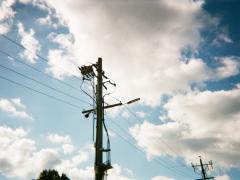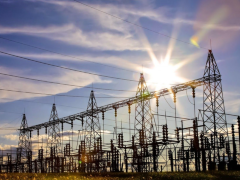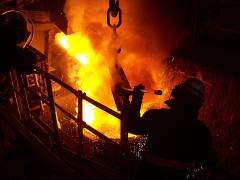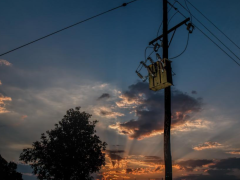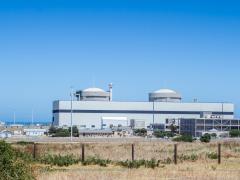Everyone’s talking about artificial intelligence (AI) – and I mean everyone. The hype reminds me of the fanfare around 5G’s launch: all promise and waiting to see delivery. We built and enabled those towers everywhere and now? Let’s just say the revolution was somewhat overstated, says Paul Colmer, Executive Member of WAPA.
Are we about to make the same mistake with AI data centres?
Globally, AI data centres are expanding at a staggering pace. Unlike conventional facilities, which are essentially racks with power and cooling, AI data centres are power-hungry, heat-intensive systems built around GPU clusters. They require not only reliable electricity but also vast quantities of water for liquid cooling.
South Africa’s puzzle: we need local AI infrastructure for time-critical applications but we lack stable power and sustainable water supply. And, instead of addressing those constraints, we seem to be racing to build more capacity – possibly chasing hype rather than real demand.
The capacity gap
South Africa has just 56 data centres with a combined capacity of 350 MW. Only five are AI-capable – roughly 1% of global AI data centre capacity. Compare that to Stargate UAE’s planned 5 GW AI data centre or the 5 GW Colossus 2 facility in the US.
Yet the local market is expanding rapidly. The AI data centre market here is forecast to grow from US$78,9 million in 2025 to US$483,5 million by 2030 – an annual growth rate of more than 40%. But can the grid support that?
The power reality
There’s no doubt that local AI infrastructure is needed. Financial institutions, healthcare providers and manufacturers are already using AI for real-time decision-making. For such applications, latency is critical – global capacity simply won’t do.
But we must ask whether we are building because there’s genuine demand or simply because we can. Developers may be pursuing the “build it and they will come” model, hoping companies will migrate from traditional data centres. That’s risky in a market where power is the ultimate constraint.
These facilities are voracious energy consumers. It would take three Koeberg nuclear power stations to power the 5 GW Stargate UAE centre. South Africa cannot provide that scale. Medupi, at 4 800 MW, took 14 years to build and Kusile 17 years – the world’s most expensive coal plant.
While there’s talk that the grid has stabilised, the truth is that demand has fallen due to widespread solar and backup adoption. The grid hasn’t improved; usage has declined.
Teraco’s JB4 facility, at 50 MW, is South Africa’s largest data centre – still small by global standards. In 2026, the company plans to build a 120 MW solar farm in Bloemfontein to reduce its reliance on Eskom. That’s the direction we must take: any meaningful growth in data infrastructure will have to be renewably powered.
Balancing ambition with realism
South Africa is not the US or Europe. We are pouring investment into AI data centres while still struggling to provide consistent electricity and clean water. That’s not to say we shouldn’t build but we must build strategically, retrofit intelligently and power sustainably.
Otherwise, we risk creating expensive monuments to hype rather than functional assets that drive innovation. AI will require local infrastructure but it must be developed in harmony with our energy reality – not in defiance of it.
Let’s not repeat the 5G story. Let’s align ambition with infrastructure and ensure our digital revolution doesn’t outpace the power to sustain it.





